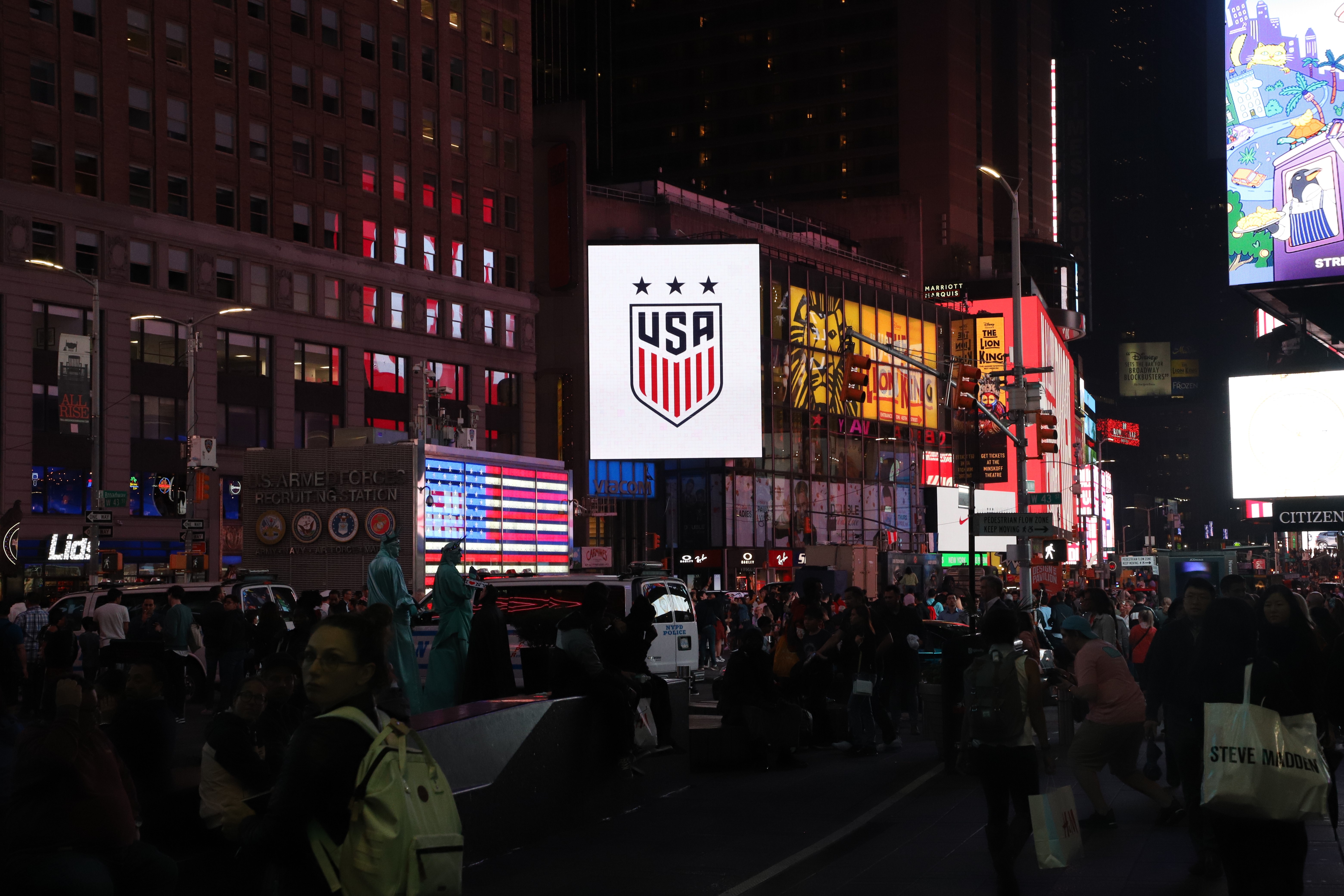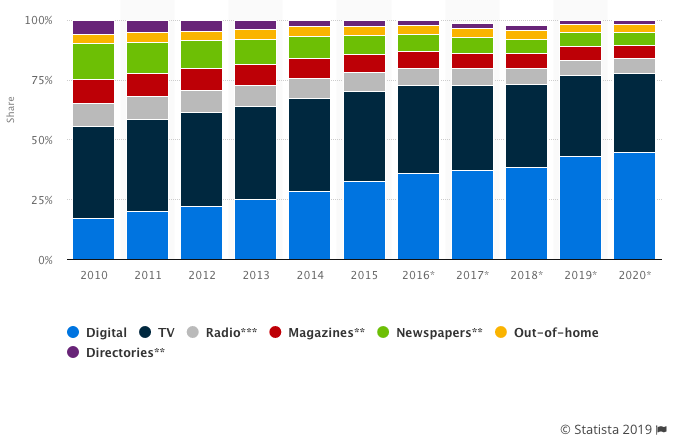Antifragile: How Advertising's Oldest Medium Became Stronger than Ever in the Digital Age

Take a moment to consider this seemingly straightfoward question: What word would you use to describe the opposite of "fragile"? "Resilient"? "Robust"? "Unbreakable"? By definition, something fragile is "easily broken or damaged" when subjected to stressors, pressures and volatility. Conversely, words like "resilient" and "robust" merely suggest the ability to withstand or resist shocks. What they don't adequately capture is the ability to actually get stronger from the adversity.
As author Nicholas Nassim Taleb outlines in his seminal book, we don't have a word in English to capture this counter-intuitive concept. So, he coined a new term. He called it antifragile. It means "gaining from adversity."
In the context of modern media and the advertising landscape, we find many striking similarities to this antifragility concept when looking at the out-of-home (OOH) medium from a broader perspective. OOH as a medium is no stranger to disruption. Perhaps because of its history, many marketers over the years have tended to discount OOH's enduring legacy of effectiveness. While other mediums suffer from increasing upheaval, fragmentation, declining reach, fraud and other transformative hurdles, OOH has continued to do what it does best: localize connections with huge reach and scale.
To put it succinctly, Publicis Groupe's brilliant Chief Growth Officer, Rishad Tobacowalla, has suggested that OOH is "the last mass media living."
We may even take it a step further to say that OOH is "the last mass media thriving."
Many might debate that idea given OOH has seen fairly conventional growth in topline spending over the past decade when compared to the headline grabbing ascent of digital and mobile.

For those at the forefront of the industry, however, the outlook is far brighter. After all, past performance is not indicative of future results, though more recent reports are indeed already trending rather well.
It begs the question: "Why should we believe that OOH is antifragile?"
One foundational reason comes down to simple economics. OOH is a "real world" medium that relies on finite, physical spaces indicating a fundamental limitation of valuable inventory which is not easily replicated.
Building on that cornerstone quality and matched with OOH's wide array of creative possibilities, the integration of mobile data is also unlocking more intelligent location-based marketing, measurement and engagement capabilities to empower marketers in exciting new ways.
Considered holistically, OOH presents a unique annex of opportunity for savvy brands to reach and engage their target audience in alignment with the customer journey. Beyond just resiliency in the face of the changing times, OOH is gaining in strength and exhibiting an antifragility that becomes more self-evident almost daily.
Let's set aside the topline fact that 25% of the top OOH ad spenders in the U.S. are data-native organizations including all five FAANG brands in addition to other blue chips such as Disney, McDonald's, Coca-Cola and Samsung rounding out the top 20.
Major press outlets including Ad Age, The New York Times, AdExchanger and many others have reached a broader realization that OOH is not only a viable ad channel, but an extraordinarily effective marketing tool driving very real business results in the digital age.
A recent article in MediaPost analyzing Millennial and Gen Z consumer habits articulates this well in describing OOH's appeal both from a consumer and marketer perspective: "Outdoor ads have a steadfast, evergreen quality that appeals to most younger consumers and in contrast to other media channels, cannot be overlooked by skipping, fast-forwarding or paying more to avoid ads … Out-of-home media is a full-funnel solution, providing mass awareness with comparable low CPMs, while also providing a last touch opportunity before consumers reach their destination."
So what's holding back more brands from grasping the opportunity before them? For many, it's the outdated view of OOH as just static billboards on the side of the road. While e-commerce and digital marketing have tended to dominate headlines over recent years, this legacy perception has caused OOH to get lost in the media mix and mindset for many brands.
That said, amidst the disorder and disruption happening in other traditional and digital mediums, OOH continues to express not just a resiliency to change, but a true antifragility both in the present and future.
As our technological capabilities and toolsets in location data, dynamic creative, 5G connectivity, social monitoring/amplification and augmented reality continue to progress, more marketers are taking notice of the medium's unique strengths and exceptional value. For any brand still viewing OOH as just an afterthought, it's time to think different and reconsider how that legacy viewpoint can become antifragile, too.
Click the social buttons above or below to share this story with your friends and colleagues.
The opinions and points of view expressed in this content are exclusively the views of the author and/or subject(s) and do not necessarily represent the views of MediaVillage.com/MyersBizNet, Inc. management or associated writers.


